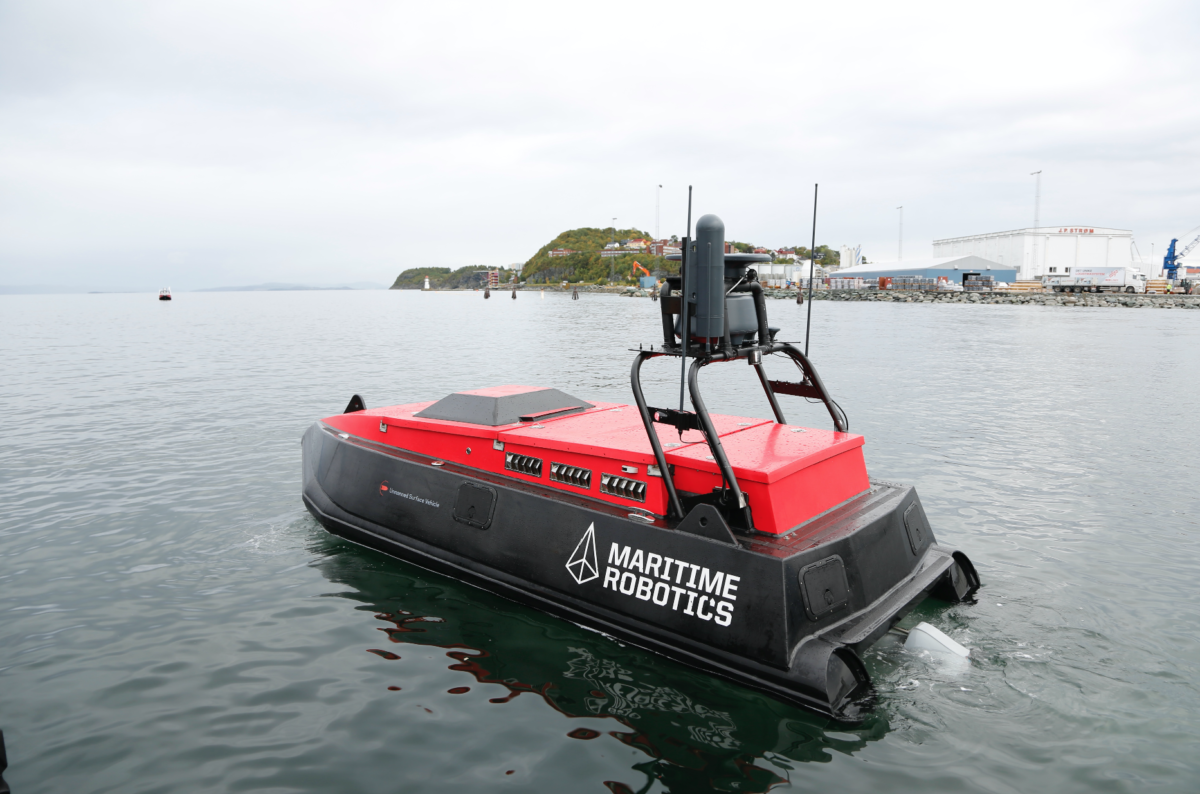
DNV GL has announced a joint partnership to study the safe use of lithium-ion batteries in shipping. The class society’s partners in the effort include flag states, research institutions, battery and propulsion suppliers, fire system manufacturers, shipowners, vessel operators and yards. DNV GL says that the hope is to identify improvements not just for the batteries themselves, but for the associated systems, procedures, and approval processes.
“We put a great deal of effort into ensuring the safety of these new alternative systems, but the cost of the present safety and approval methodology is cumbersome. This collaborative effort gives a chance for an even greater level of safety,” said Rasmus Nielsen, a naval architect and officer at project partner Scandlines.
The project’s deliverable’s are focused on safety. Tasks include the development of Continue reading “Partnership formed to study the safe use of lithium-ion batteries in shipping”










